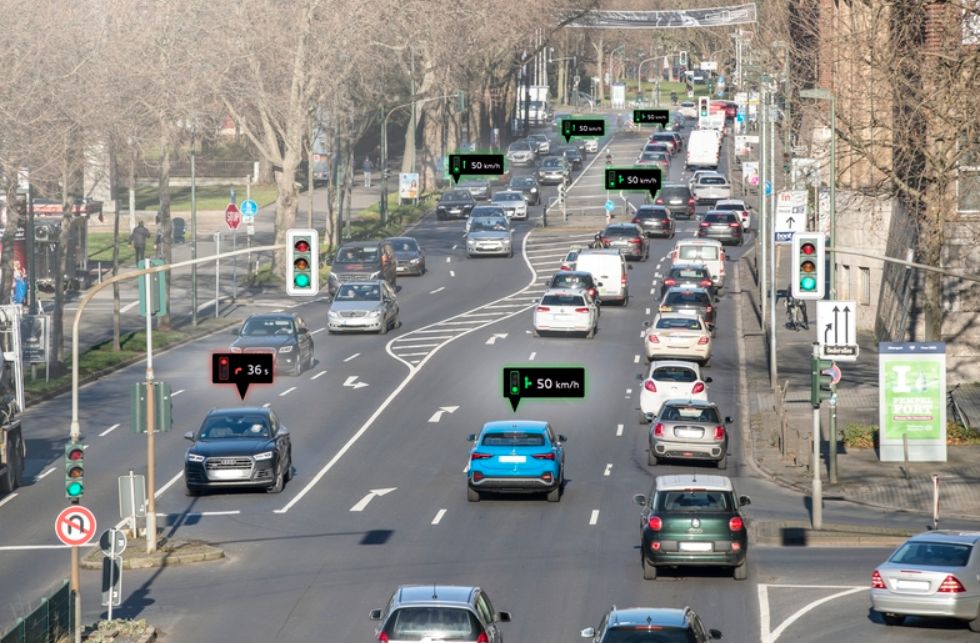More and more cars are being equipped with these systems, which help drivers become aware of problems earlier than they would with only their normal senses, and thus help them stay safe on the road.
It also helps that cars themselves are becoming more intelligent. Their systems are increasingly able to communicate with one another, meaning they can automatically regulate the distance between each other and adjust speed before the driver can even see the sign.
This same technology also helps drivers reduce fuel consumption by alerting them to upcoming junctions, roundabouts or motorway exits where braking or deceleration will be necessary in the cockpit, the head-up display or even the accelerator pedal, says Rene Olma, a Mercedes spokesman. In many makes and models, the cruise control setting also now automatically adjusts its speed to the route.
Because developers put an emphasis on range, the systems can usually not only plan the shortest route, but also the most efficient one or one with the best charging points, if you have a plug-in or electric. Many of them also use extended horizon for optimum energy management.

"It doesn't really make sense after all for a plug-in hybrid with a full battery to arrive at the top of the pass and then have no capacity to recuperate braking energy on the descent," says Heiko Sprenger of BMW, where he is head of vehicle energy management.
Depending on how the driver has programmed the vehicle, plug-in hybrids will also adjust its different operating modes to the situation at hand, for example electric mode through city centres.
Pure electrics can even optimize recuperation with the use of electronics, says Frank Bekemeier, who is responsible for the MEB electric platform at Volkswagen. Instead of varying the degree of energy recovery, and with it, at the push of a button, the electric motor's braking force, drivers can let the onboard computer decide instead. The computer uses the distance radar and information from the navigation system to find the best balance for the battery.
Modern cars also are starting to collect data from the outside as well. "Car-to-X" communication, as its known, connects vehicles to the surrounding infrastructure and helps them figure out the current speed limit, for example, long before there are any such signs.
In a similar vein, Audi also offers a kind of traffic light assistant in many models, especially in the United States, as well as in a few German cities. The car knowns when the lights are red and green, and thus calculate the optimal speed for driving through a city without stopping - reducing fuel consumption by up to 15 per cent, according to some initial results from pilot projects out of southern Germany.










